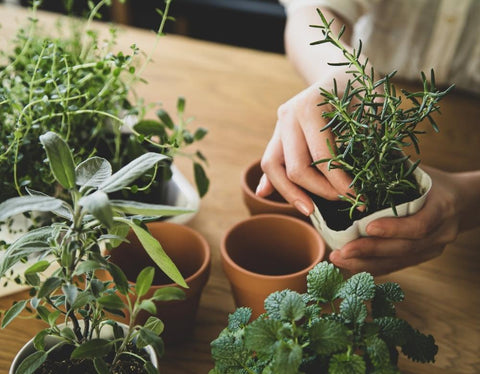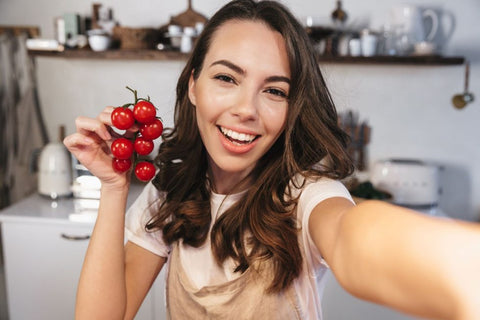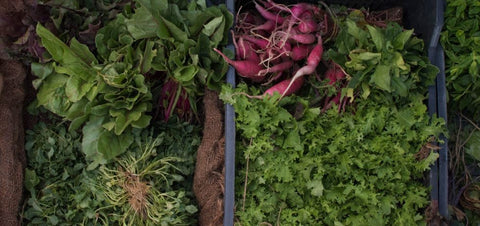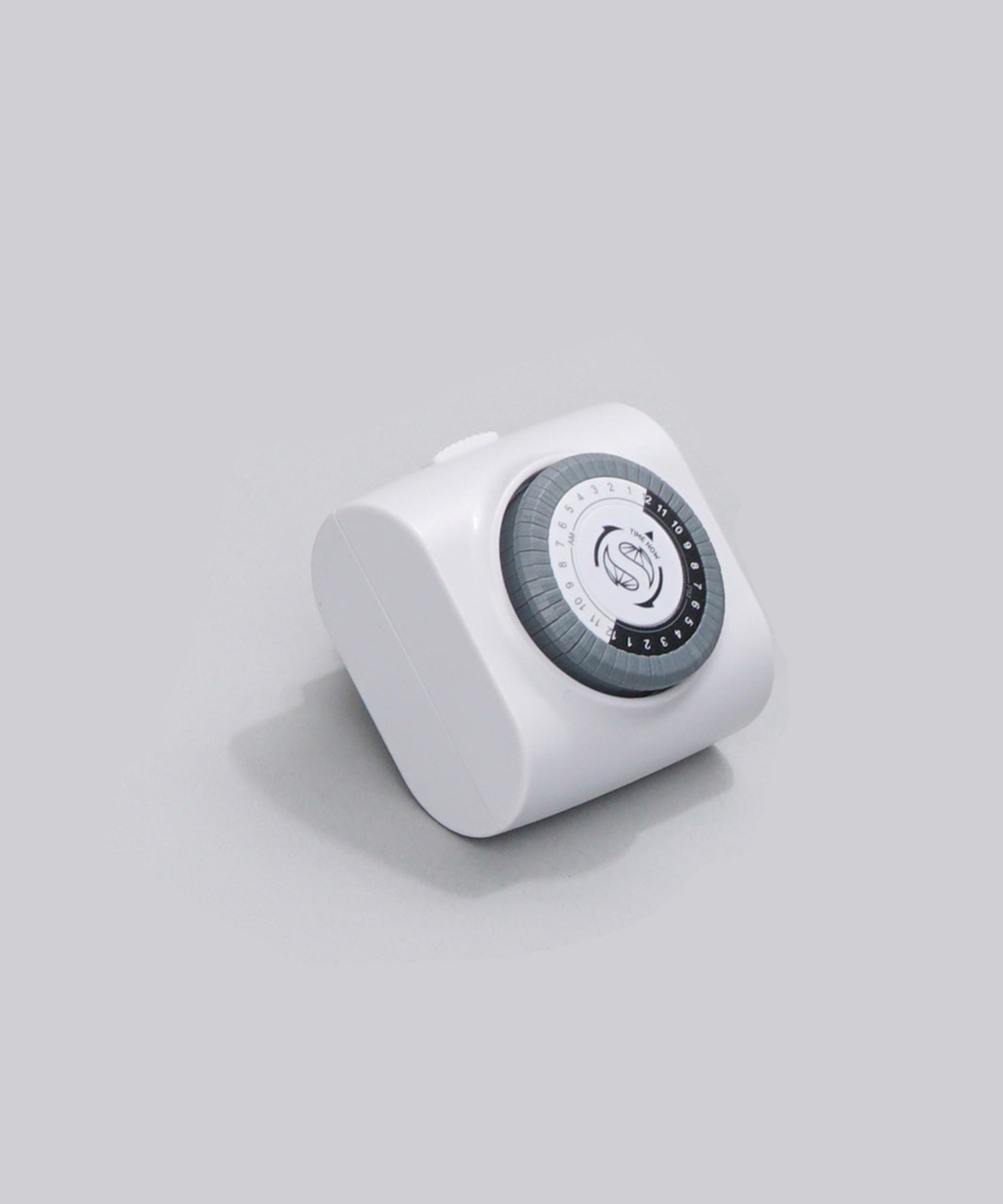One of the most important decisions you will make as an indoor gardener is also one that most people rush, and do a poor job of.
Get this decision wrong, and you’re pretty much guaranteed to waste time, effort, and not to mention money. But get it right, and your chances of having a successful and rewarding indoor garden increase exponentially.
In this blog, we are going to be talking about plant selection. We’ll give you a few pointers, as well as provide a framework to help you figure it out for yourself.
Just Because You Can Grow It Indoors Doesn’t Mean You Should
While almost any plant that grows outside can technically be grown indoors, some just aren’t practical from a size, light, and liveability perspective (we love our plants, but not enough to keep the apartment at 90°F and 75% humidity!) Fortunately, these plants are the exception, not the rule, so with practically limitless options, how do you go about deciding what plant you’ll try next?
Whenever we screen a new seed variety or decide what herbs and vegetables to grow ourselves indoors, we use a set of criteria (flavor, looks, rarity, productivity) that we’ll break down for you in this blog.
We hope that by the end of this blog, you’ll have a good idea of how to begin your indoor gardening journey.
The Short Answer: Herbs You Can Grow Indoors
These are some of the better herb choices for growing indoors:
Like any indoor plant, it's important to consider not only the variety of plant (e.g., Basil, Dill) but also the cultivar. Did you know that there are over 50 types of basil available? Some grow big, some grow small. Some have big leaves, some little. It turns out there are actually a number of cultivar attributes that make edible plants better suited to indoor or small-space growing. Examples include small/compact stature, dense foliage, pest and disease resistance, and low light tolerance.
Shopping for seeds on Amazon or your local big box store generally means you will be getting the cheapest and most generic seed cultivars available. By contrast, shopping with a specialized indoor and urban gardening retailer like Urban Leaf means you can access rarer cultivars that are better suited for this type of growing environment. Given the time, effort, and attention you're going to be putting into growing these seeds, we think it makes sense to give yourself the best start possible.
The Short Answer: Vegetables You Can Grow Indoors
Vegetables often need more space than is available indoors. You should always look for dwarf/compact cultivars, especially for peppers and tomatoes.
- Peppers
- Tomatoes
- Leafy Salad Greens
- Radishes
- Microgreens
If you’d like to learn more about what you can grow indoors, and the framework we used to come up with this list, then keep reading below!
Start Small And Experiment with Herbs and Vegetables that you can Grow Indoors!
Some edible plants, like some herbs and vegetables, are totally brown thumb-proof, and some are better to work your way up to. If you are diligent – you can grow pretty much every plant indoors, but we find it’s more encouraging, enjoyable, and relaxing if you master the basics first. We have a separate article that covers the recommended edible plants for beginners as well as how you should progress between them.
Grow Herbs and Vegetables That You Like To Eat
Seems like stating the obvious, but I found myself growing bushels of Thai basil before realizing that I just don’t really like the taste of it. You can start off by focusing on plants, herbs, and vegetables that you love, then try to explore from there. If you love salad, then it’s worth exploring the 1000+ lettuce varieties that you can’t have unless you grow them yourself.
Of course, leaving room for experimentation and trying new plants to grow is part of the fun of indoor gardening, but if you start by focusing on growing the herbs and vegetables you love indoors, then your indoor garden will always be rewarding.
Herbs and Vegetables That Are Best Eaten Fresh
Did you know? The moment you ‘pick’ a fruit, vegetable, or herb and detach its fruit or leaves from the main plant, it starts decomposing. The speed at which plants decompose varies based on the type and storage, but a loss of flavor, nutritional density, color, and smell are all inevitable. This is one of the many reasons why we’re so obsessed with eating fresh food or growing our own food indoors!
While all produce starts breaking down right after it’s picked, some keep a lot longer than others. We think it makes sense to focus our home-grown gardening efforts on plants, herbs, and vegetables that experience a very rapid degradation of quality after they’ve been harvested.
Ones where the difference between 1 minute old and 1 day old is really noticeable. This approach means you will be tasting and enjoying flavors that are simply not available at your local supermarket.
For vegetables that break down more slowly (see RHS in the table below) – one could argue that it might make more sense to just buy these veggies or herbs at the local farmer’s market instead of growing them indoors.
| Fresh or bust | Doesn’t (really) matter |
| Herbs | Onions |
| Tomatoes | Peppers |
| Lettuces | Cabbage |
| Peas | Cucumber |
| Summer squash | Winter squash |
| Eggplant | Citrus Fruits |
| Beans | Celery (?) |
Herbs and Vegetables that You Only Need a Little Bit Of Are Best for Indoor Growing
Certain plants, herbs, or vegetables can elevate an entire dish with just a tiny amount – a single Szechuan pepper adds serious zing to a noodle dish, and a little fresh basil livens up canned soup. If you are low on space, your indoor herb or vegetable garden can still have a big impact by selecting plants that you only need a little of.
Herbs that are more suitable for indoor growing like basil, dill, and parsley, are great to have on hand – especially when the alternative is buying a pack of half-wilted leaves only to throw most away.

Focus on Edible Plants, Herbs, and Vegetables That You Can’t Find In Stores
There are a lot of herbs and vegetables you can grow indoors, but we recommend trying those that you can’t find in stores. One example is tomatoes.
Although they can be found in most stores, there are over 10,000 varieties of tomato… but you’d be lucky to find 10 in a produce aisle. Why just those 10? Unfortunately, it’s not because they were the best tasting, but rather they were the ones that could withstand cross-country shipping without a bruise and sit on the shelf without spoiling.
That leaves 99% of all tomatoes that you haven’t tried. Our favorite places to explore are seed catalogs, Facebook groups, and seed banks.
Look for Herbs and Vegetables That Offer High ‘Return on Investment’
With indoor gardening, you’ve only got a small amount of space, so it’s important to choose herbs and vegetables that 'earn their keep.' The most productive plants are ones with short growing periods, small footprints, and that offer continual harvests.
Based on the above, our favorite edible plants, herbs, and vegetables that are best for growing indoors are:
- Microgreens
- Lettuces
- Cucumbers
- Indeterminate tomatoes
- Herbs like basil, dill, oregano, etc.
Edible Plants That We Think Are NOT Suitable for Indoor Growing
While it goes against our nature to tell you to not grow something – there are a few plants that just aren’t worth the trouble or otherwise don’t make much sense to grow indoors.

Melons Can’t Ripen In Your AC
First off, melons need lots of space (about 15 ft2 per fruit) and they also need long hot summers to ripen… so they basically just don’t make very good roommates.
Corn Needs Proper Pollination
While it would be fun to have some corn stalks growing in the corner, you would need to have lots of plants to get proper pollination. That’s why we don’t recommend growing corn indoors.
Pumpkins & Winter Squash Need Space To Stretch Out
Pumpkin and winter squash vines are large and sprawly, they’ve got a long growing season, and they keep for a long time so you’re much better off getting these at the store and using your gardening space indoors for more rewarding plants.
Cabbage Plants Are Monstrous
Great to grow as microgreens, but if you’ve never seen a plant up close – they’re massive. You’re much better off with its cousin, kale.
As you may already know, Urban Leaf specializes in indoor edible gardening, and all the products we offer have been developed for urban and small space gardeners.
If you’d like to learn more about how to grow your own food at home, a great place to go next is our eBook. You’ll be amazed by what is possible as you flick through this free guide! (grab yours via the signup form to the right)









There are no comments for this article. Be the first one to leave a message!